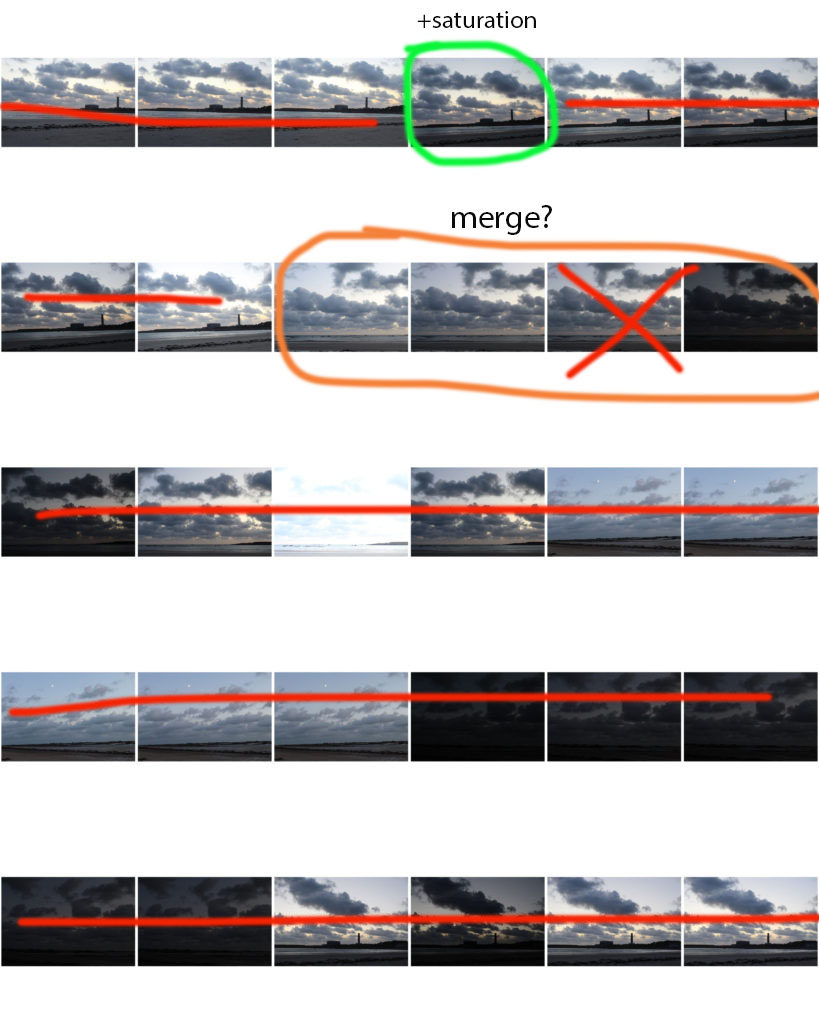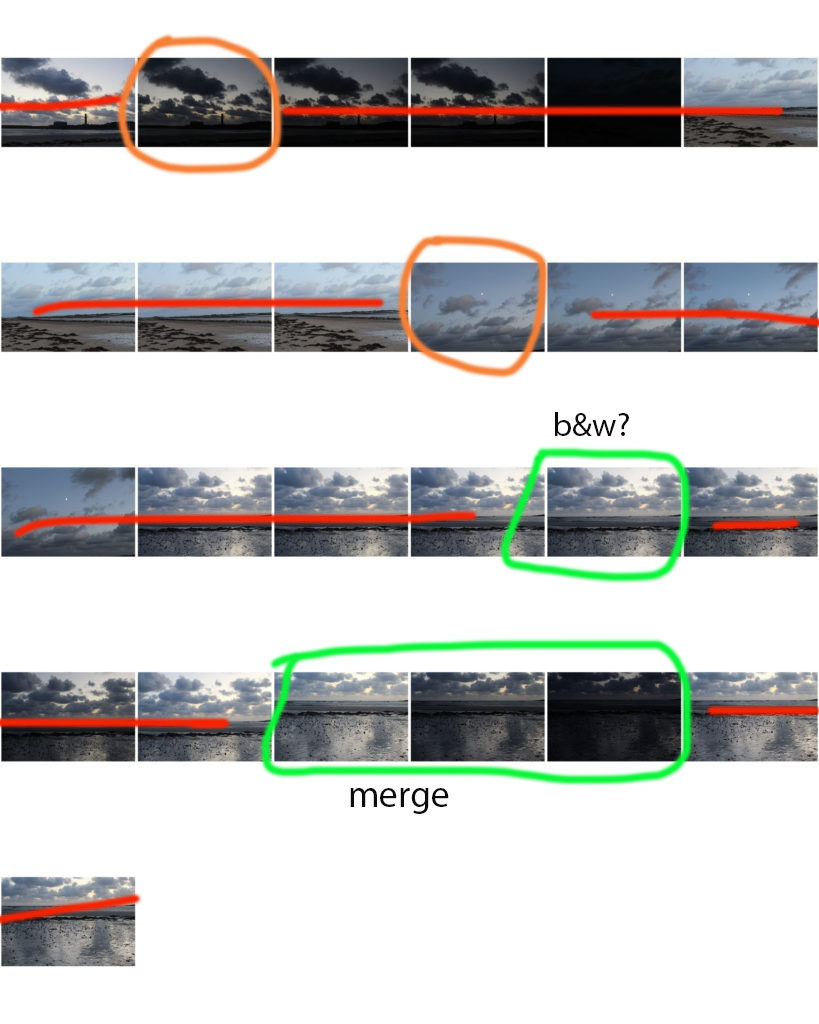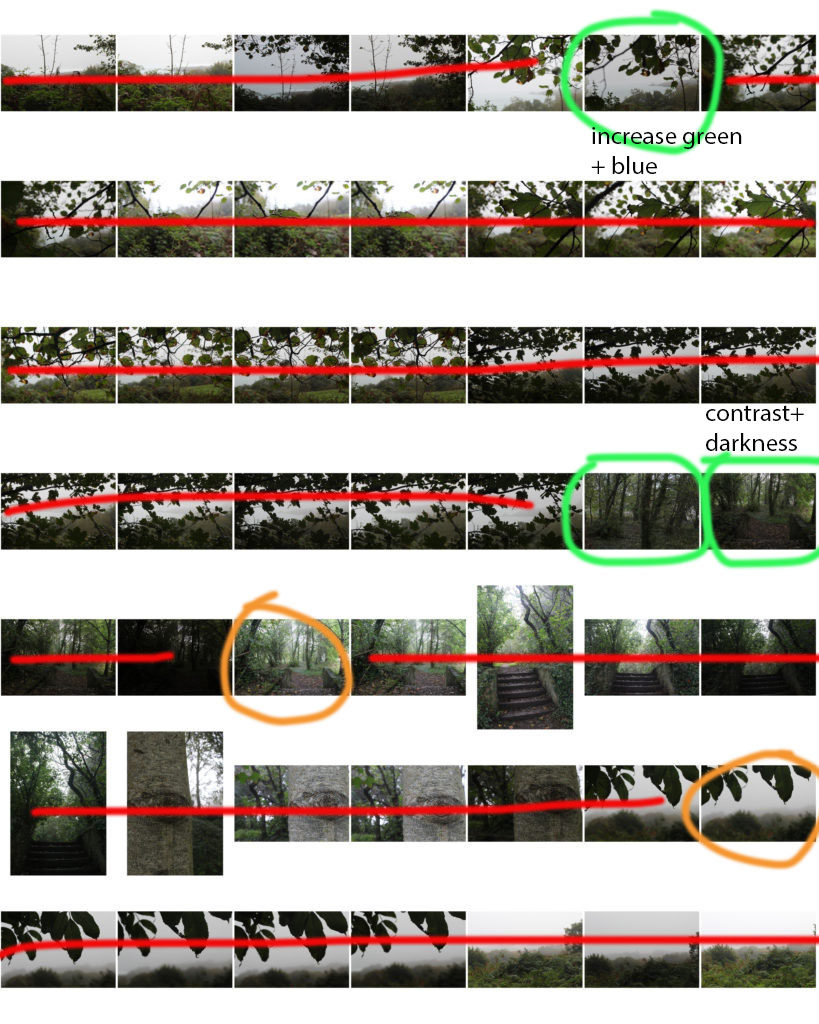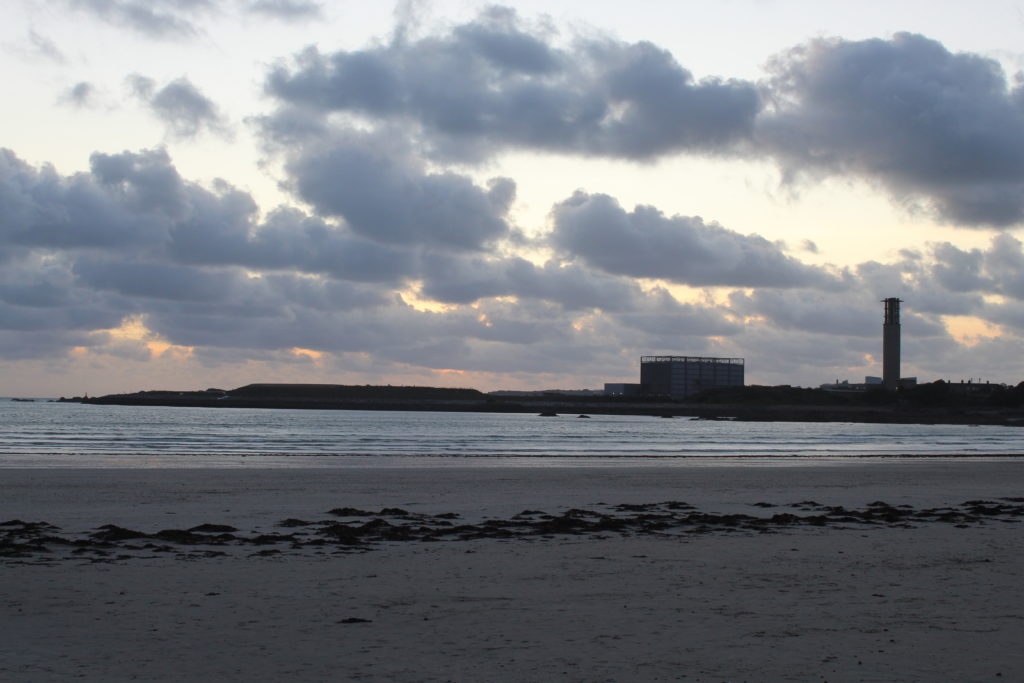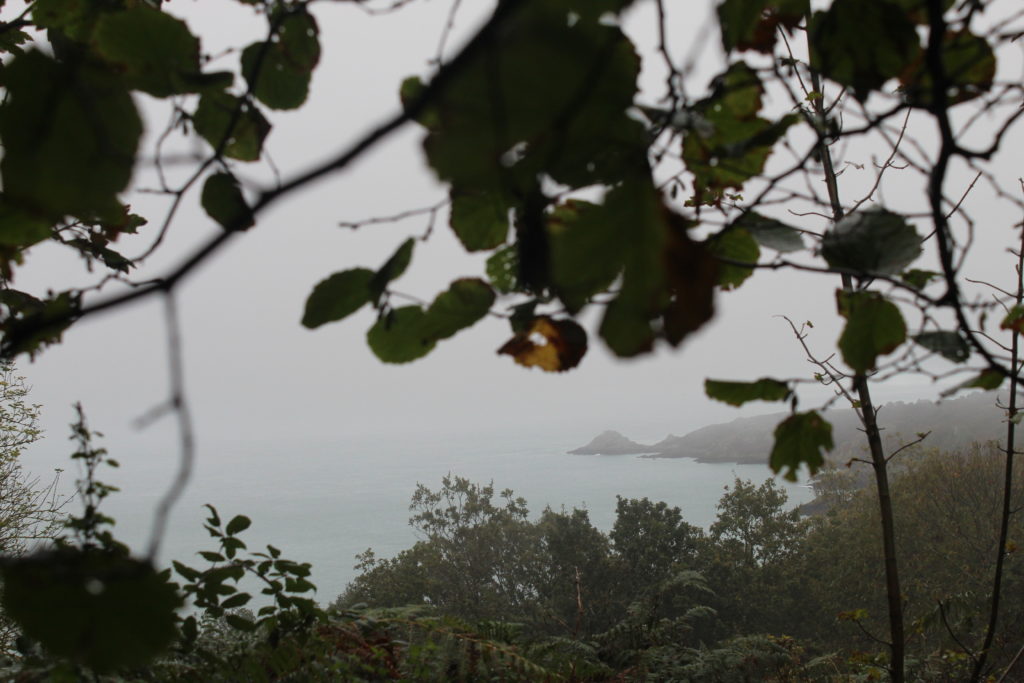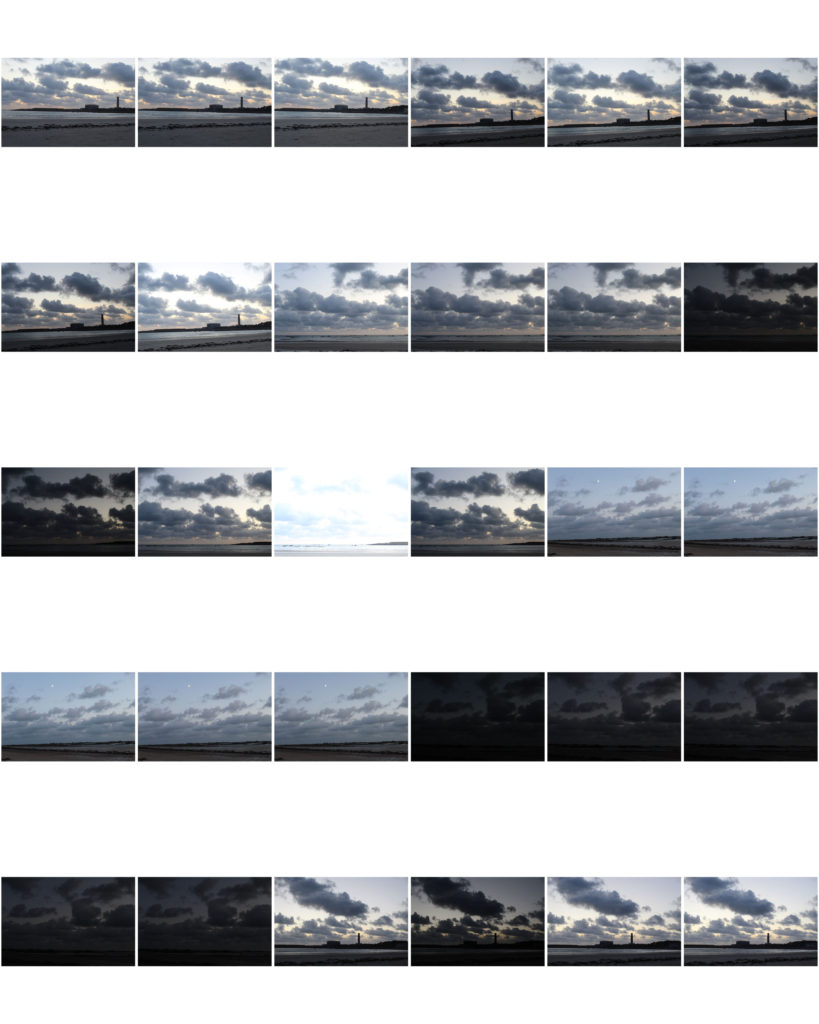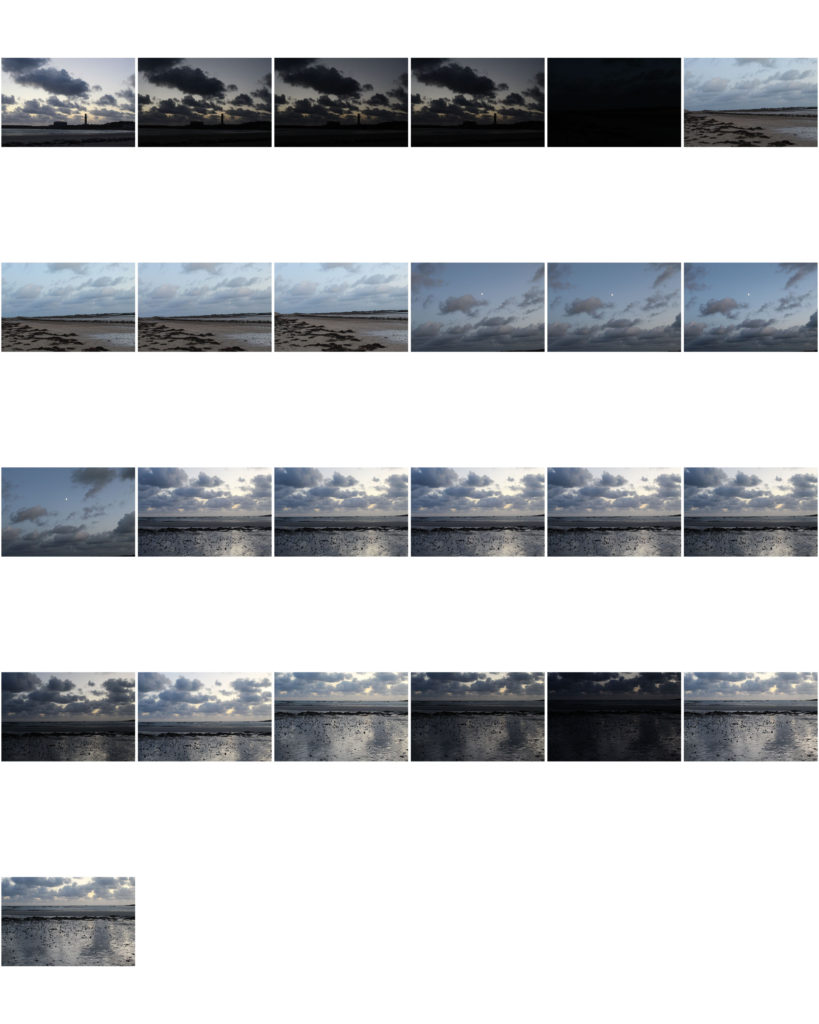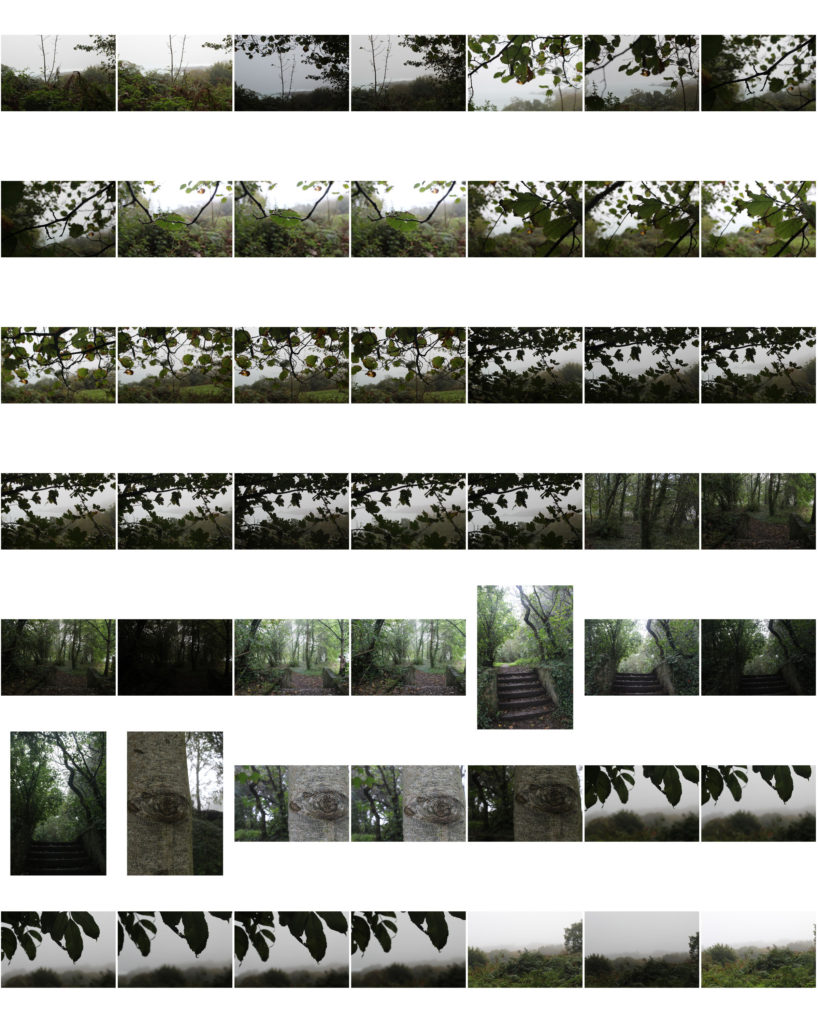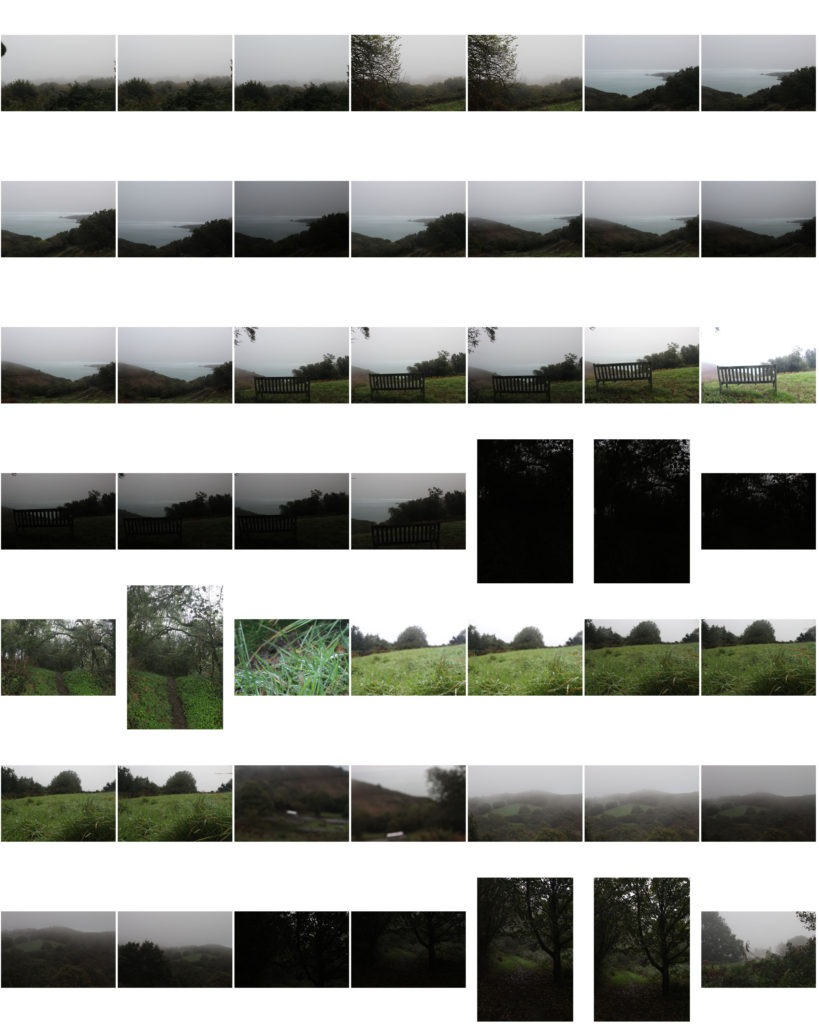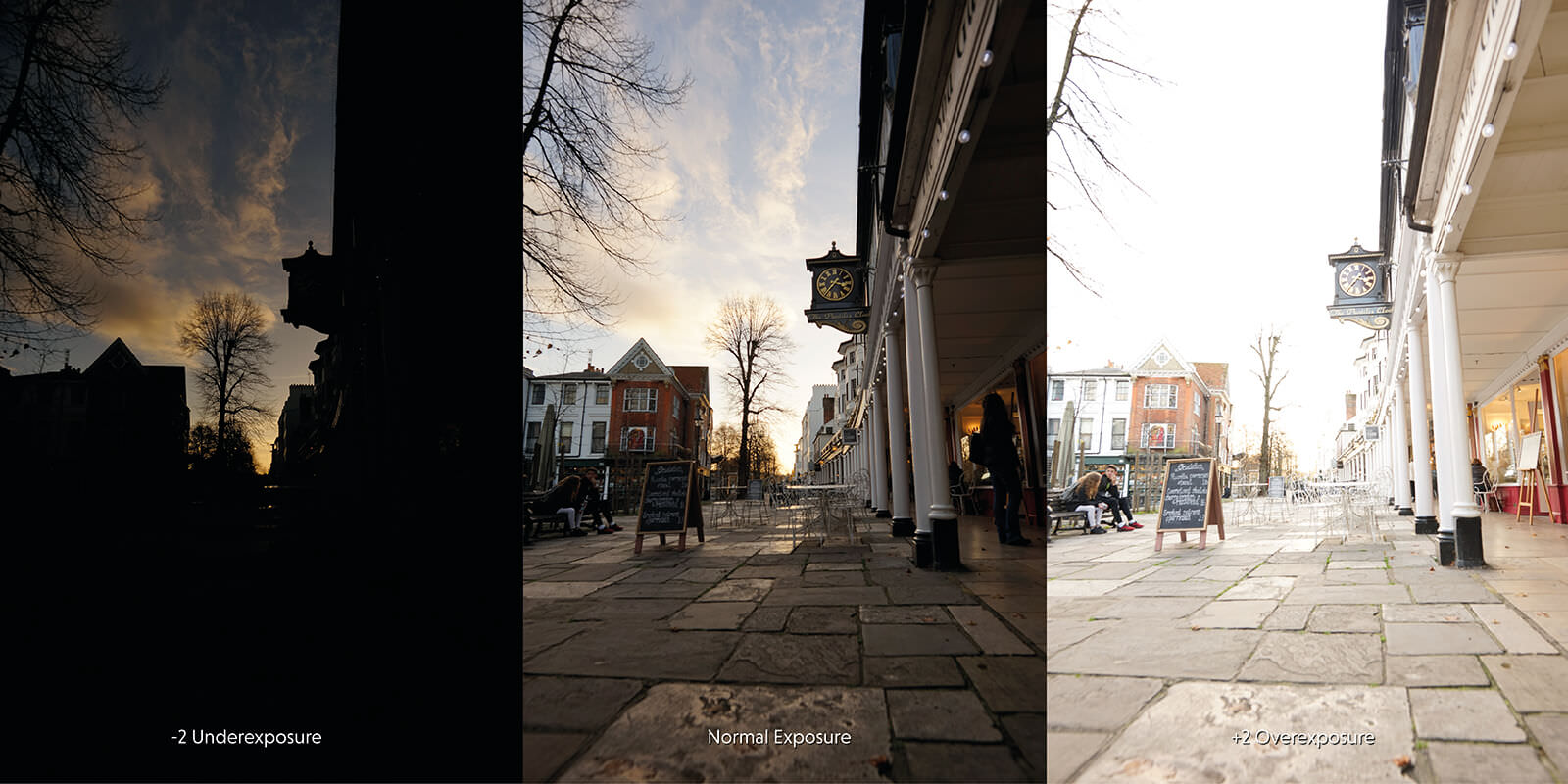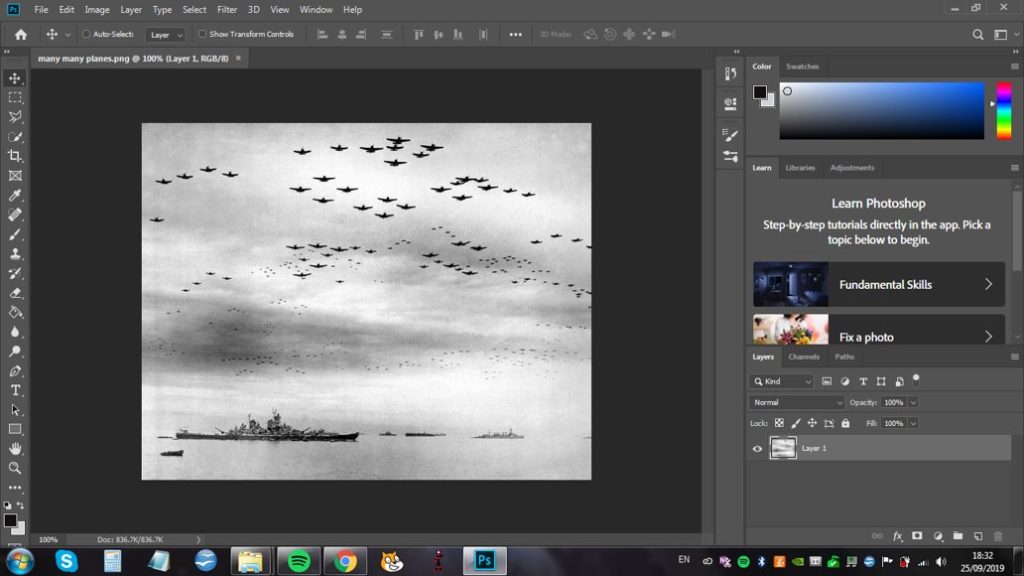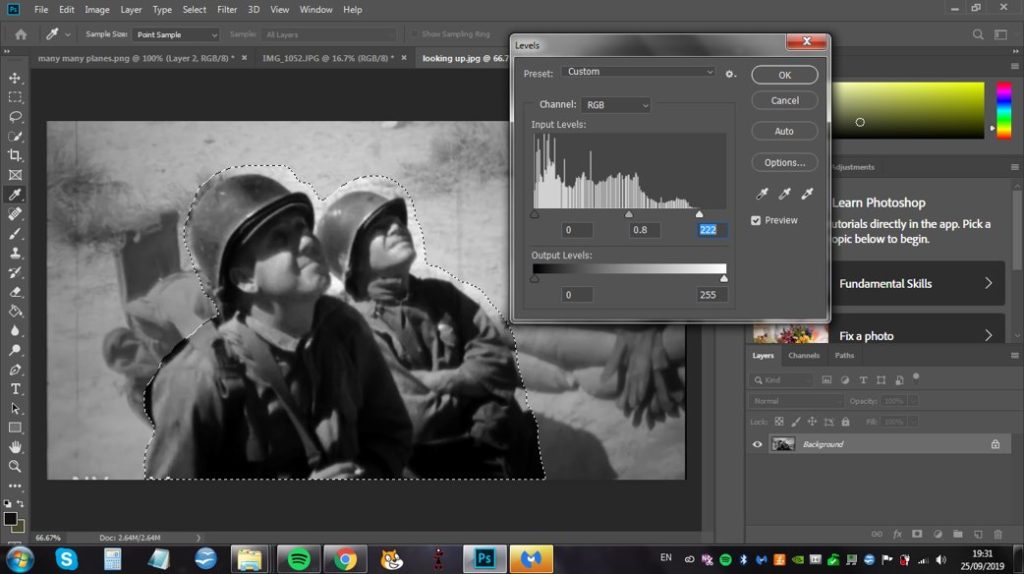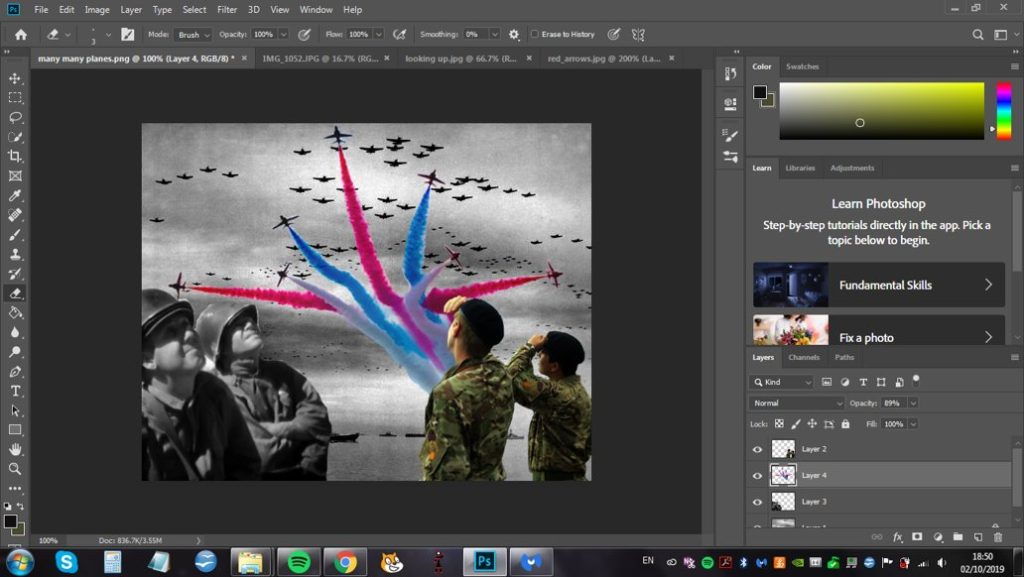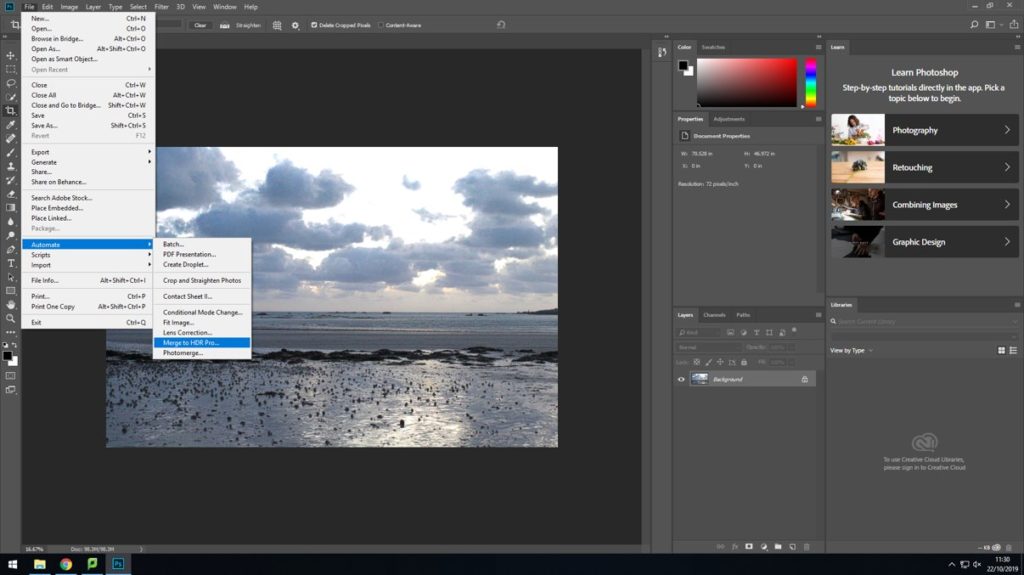
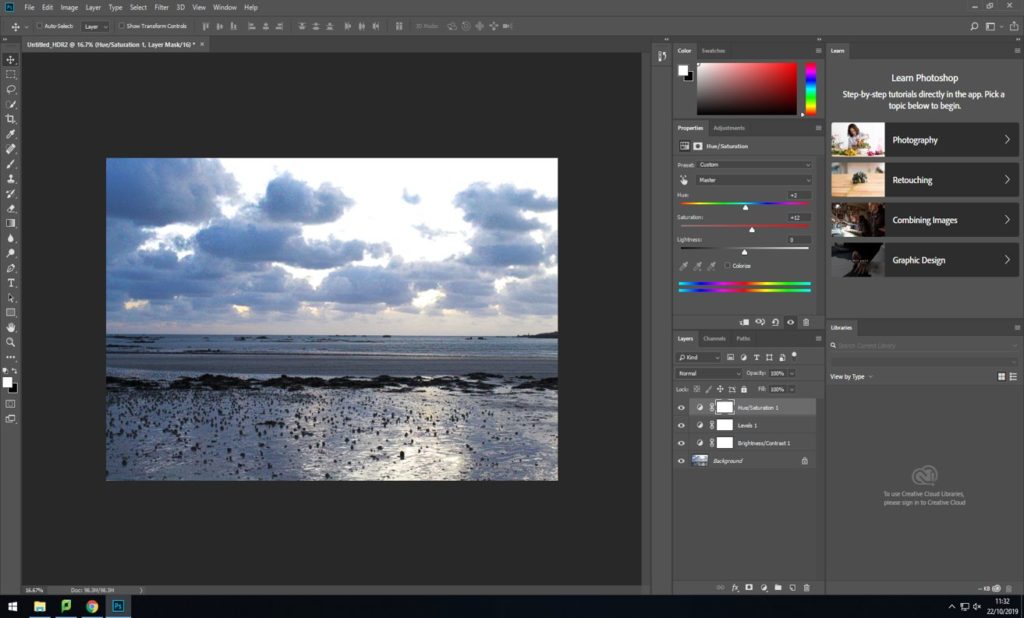
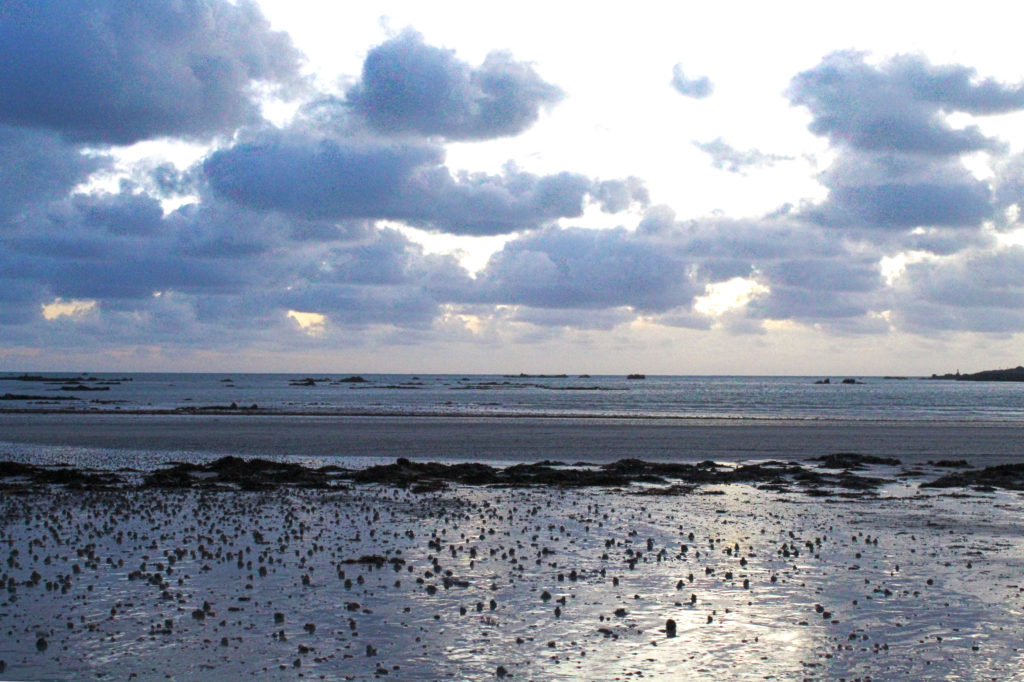
I started out by using the exposure bracketing skills that I learnt to create this HDR image using 3 images that I took, all with different exposure levels. Then I edited the merged image by increasing the saturation and adjusting the levels to create the final romanticised image I visualised beforehand. I also had to edit the tilt of the image, as the horizon was not entirely level.
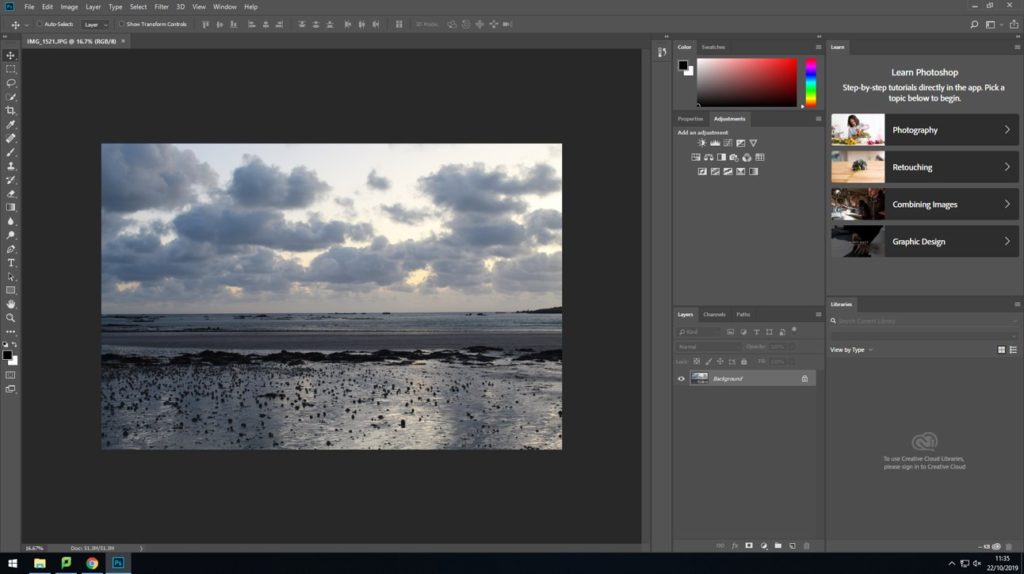
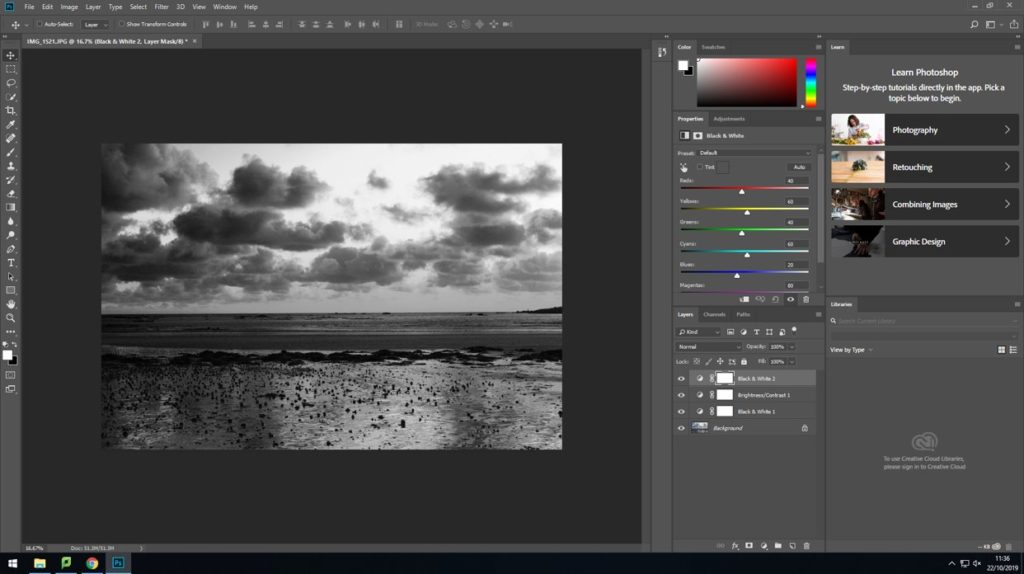
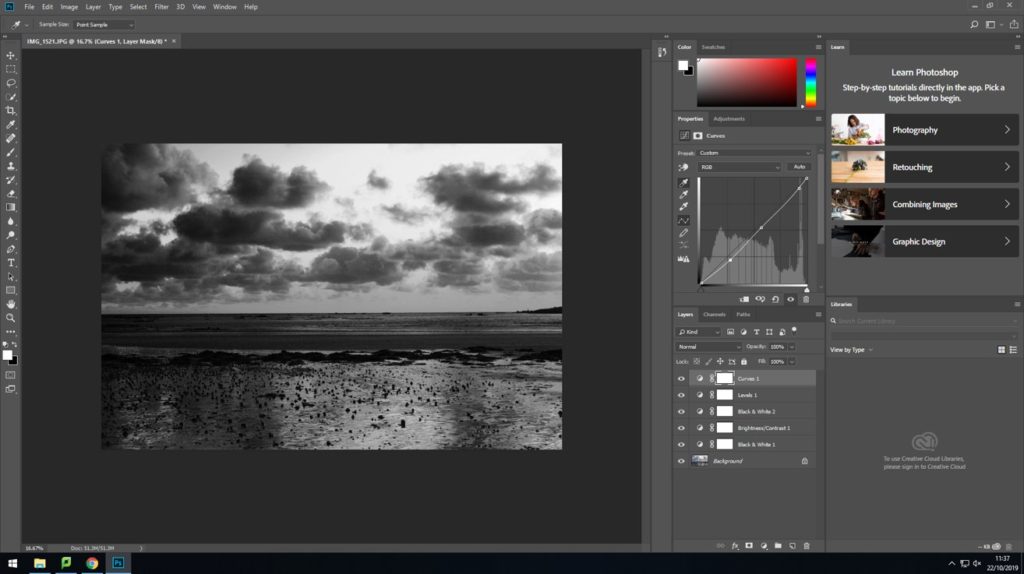
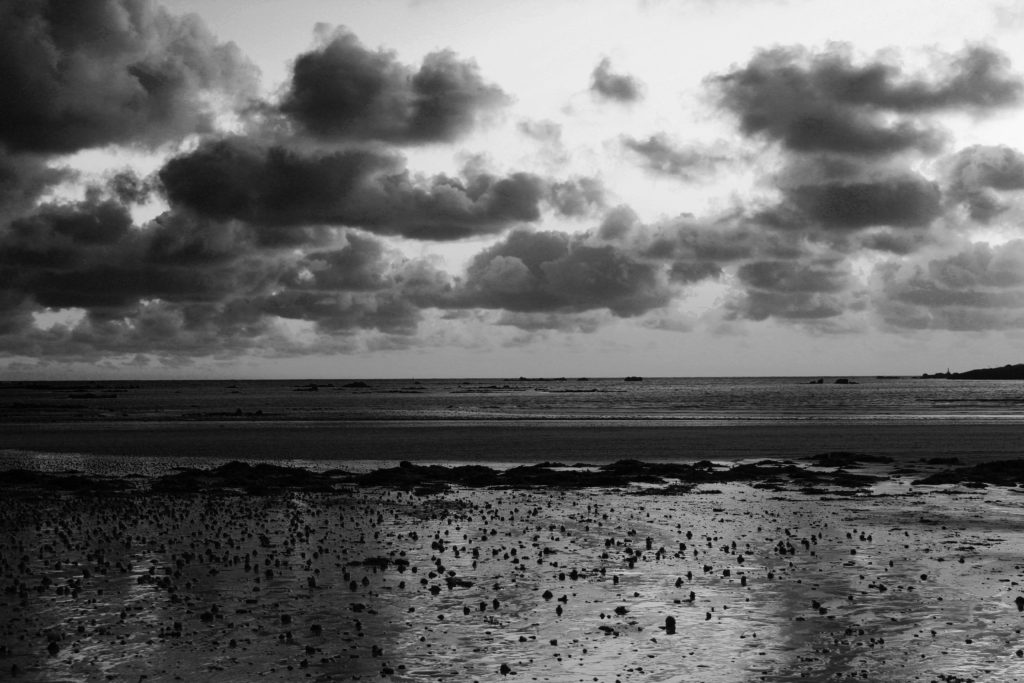
With the second of my chosen images I decided to produce it in black and white, since Ansel Adams and other romantic photographers used black and white photography for their images as well. When it was in black and white, I edited it further to increase the contrast and the levels of black and white and also the grey midtones to produce the best version of my original image.
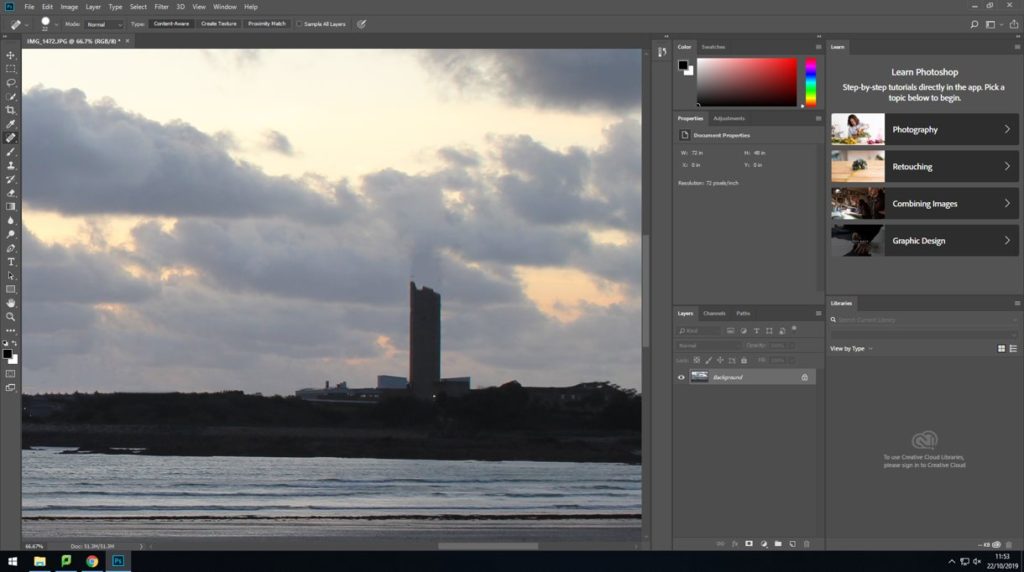
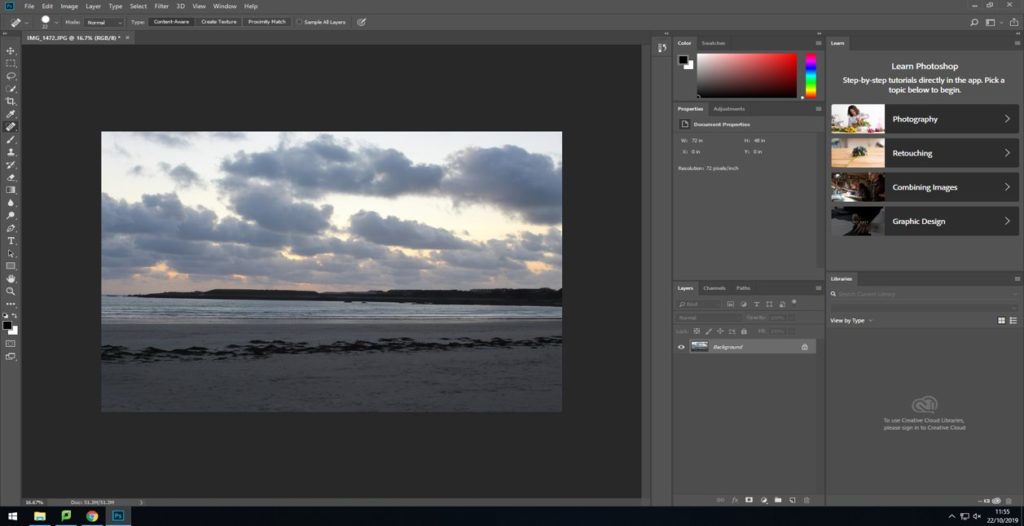
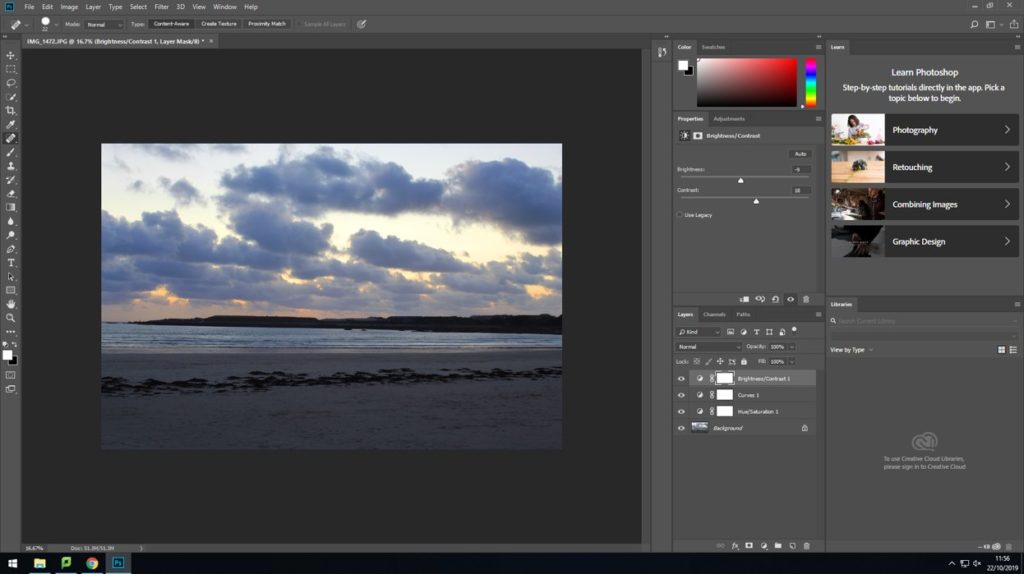

This image took the most editing due to the obvious man-made structures on the horizon. Because this photoshoot focused on romantic landscape photography, I decided to edit out the large building and tower to remove any non-natural aspects of the scene. Afterwards I increased the contrast and saturation to further the romantic feel of the image, and to highlight the colours in the sky cause by the setting sun.


